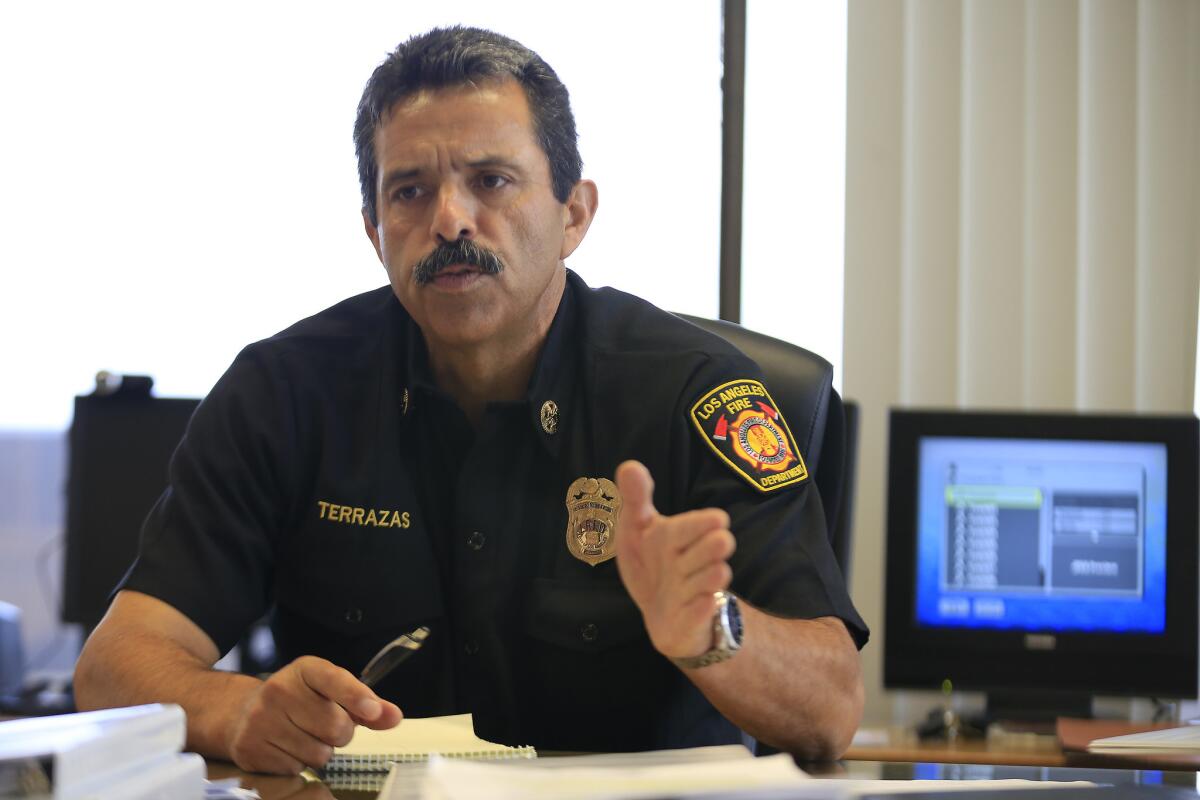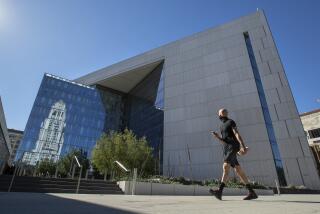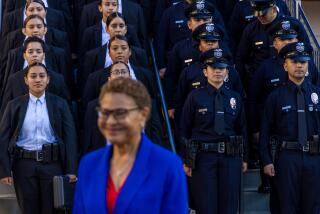No progress on LAFD 911 response times, new data show

Waits for 911 medical help in Los Angeles have increased slightly this year, signaling no measurable progress toward Mayor Eric Garcettiâs campaign pledge to speed up Fire Department responses to emergencies, according to city statistics released Thursday.
Garcetti presented the new figures at an afternoon news conference in which he and Fire Department Chief Ralph Terrazas praised LAFD efforts to overhaul how the agency gauges its performance.
The new numbers come from a program dubbed FireStatLA, which is being billed as the cornerstone of a 2-year-old reform effort. It began after LAFD officials admitted issuing faulty reports that made it appear the department was performing better than it was.
The ensuing controversy sparked a bevy of investigations, pledges to improve 911 service from candidates in last yearâs mayoral contest and the early retirement of Brian Cummings as fire chief after Garcetti took office.
Garcetti said the new information-gathering system is the foundation of changes to come. âNow we can look people in the eye and say this is real,â he told reporters.
He said the FireStat program will help increase accountability, improve decision-making and lead to better allocation of personnel and equipment. As a result, Garcetti said he expects to begin trimming tens of seconds off response times in the coming year.
The new statistics, available on a station-by-station basis on the LAFDâs website, followed months of work by outside experts and a newly hired civilian statistician at LAFD.
Taken together the new statistics estimate it takes, on average, a little more than six minutes and 30 seconds from the moment a 911 call is answered at the LAFDâs call center downtown until the first unit arrives at a medical emergency citywide. That number ticked upward by several seconds in 2014, the new data show.
Average 911 wait times are significantly longer in some parts of the city, according to the data, particularly in the winding roads of the Santa Monica Mountains and in the narrow strip of the city that stretches from South Los Angeles down to San Pedro. At Fire Station 109, perched on Mulholland Drive south of Encino, firefighters needed three minutes more, on average, to arrive at the scene.
Those findings confirm independent studies conducted by The Times in 2012.
âIt depends where you are,â said veteran firefighter Steve Tufts. âWhen weâre not there in three minutes, thereâs a reason for it. Itâs no fault of the firemen. Itâs the distance from the station. Or they are out on another call.â
Garcetti partially echoed that view Thursday. âWe we will never have the same response time throughout the entire city,â he said. âBut we can reduce response times everywhere.â
Officials said they are sharing the new response time analysis with rank-and-file firefighters at fire station meetings, with an eye toward identifying ways to improve performance.
For the latest at LAFD headquarters follow @palewire.
More to Read
Sign up for Essential California
The most important California stories and recommendations in your inbox every morning.
You may occasionally receive promotional content from the Los Angeles Times.











